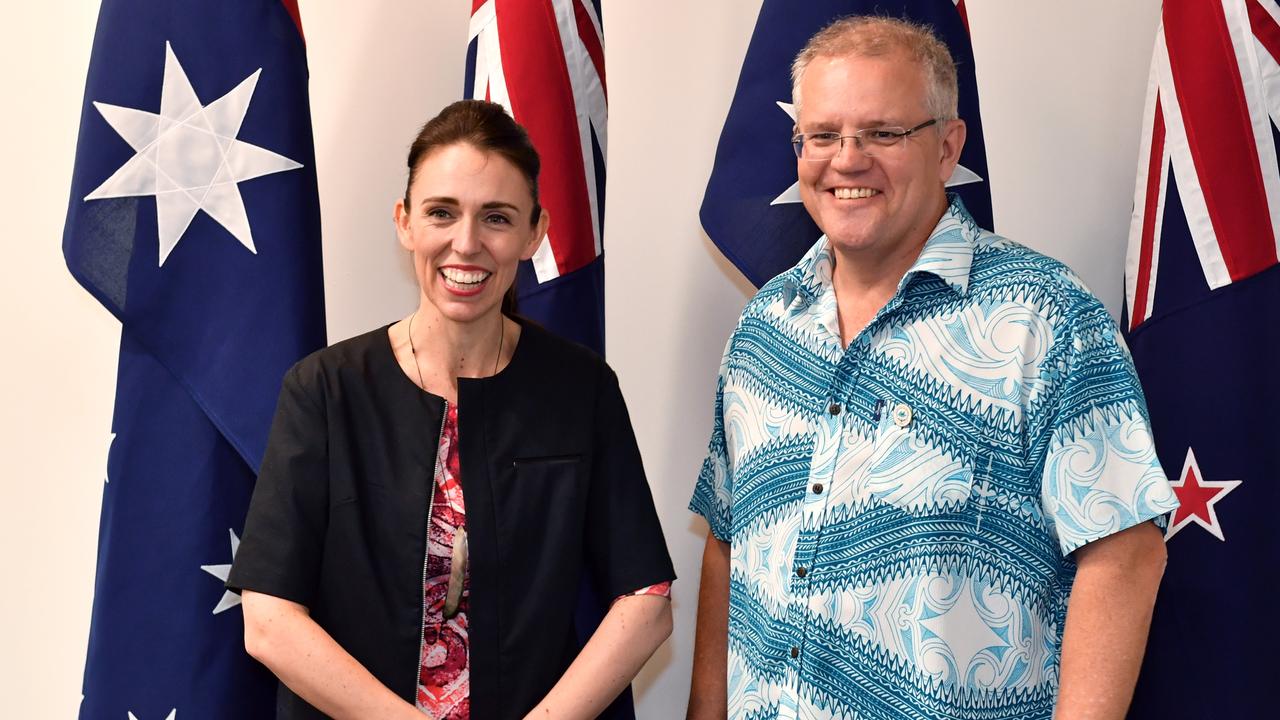Homemade subs may give Australians a sinking feeling

They have been cutting steel for the first of the patrol boats that are to launch the largest government-funded business enterprise in Australian history. As Defence Minister Christopher Pyne heads off to a potentially lucrative career in business (there are bound to be opportunities in defence), he leaves behind a $90bn commitment of taxpayer funds to erect an indigenous naval shipbuilding industry in his home state of South Australia.
It is an enterprise that dwarfs the former Labor government’s creation of the NBN. It reverses the progressive reduction of government industry assistance that began under the Hawke government in the 1980s and culminated in the Abbott government’s decision to rebuff the motor industry’s calls for more support.
To give Pyne and former defence ministers Marise Payne and David Johnson credit, they have been able to make a series of major defence purchases with an efficiency that eluded the Rudd and Gillard governments.
The argument that Australia should base its defence strategy on greatly strengthened naval capacity to manage the rise of an unnamed but hardly mysterious “great power adversary” in the region was first made in Kevin Rudd’s 2009 defence white paper.
Nothing was done, partly because the budget was constrained in the wake of the financial crisis, but more seriously because defence decision-making was bogged in bureaucratic quicksand.
Johnson commissioned a “first principles” review, led by former Rio Tinto managing director David Peever, that resulted in defence acquisitions, which had been administered by an independent public service department, being brought back inside the Defence Department. The navy, army and air force heads were made responsible and accountable for the capability of their operations.
The departments of Prime Minister and Cabinet and Finance were given seats on the key defence investment committee, providing whole-of-government engagement at a much earlier stage.
Malcolm Turnbull’s decision to split the Defence and Defence Industry portfolios between Payne and Pyne (no wonder foreign governments were confused) meant one minister was responsible for deciding what defence needed and the other for how that would be delivered.
A special place in the history of Australia’s shipbuilding belongs to Johnson’s quip to the Senate that he would not trust the Adelaide-based Australian Submarine Corporation to “build a canoe”. He returned from the Senate to his ministerial office, pleased as Punch, when the phones started running hot from SA members.
Johnson had received a challenging report from the Rand Corporation into the merits of an Australian shipbuilding industry. Rand found it took 45 per cent more hours of labour to produce a tonne of shipping in Australia relative to the US and 80 per cent more than in Japan, Korea or Spain.
It cited an Australian National Audit Office finding of a 60 per cent blowout in construction costs by the ASC.
Overall, it said Australian-built ships cost about 40 per cent more than their US equivalents.
To lower this premium there would need to be a continuous shipbuilding program, Rand said. Labour productivity would have to improve and, crucially, projects would need to be based on a well-established design with changes kept to a minimum, and a tight relationship between designers and builders.
The political backlash following Johnson’s canoe gibe ultimately helped Pyne secure cabinet support for basing the new shipbuilding industry in South Australia. The navy plumped for the most experimental and advanced designs for new submarines and frigates.
As defence industry minister, Pyne aggressively pushed for the maximum Australian content. The successful French tenderer for the submarines wanted to build the first of them at its home port of Cherbourg so there was close collaboration between designers and builders while the plans were developed. Key Australian staff would be taken to France for training. But Pyne insisted everything must be done in SA. Although Rand had found there was little evidence of industry clusters developing around US shipyards, Pyne argued that building ships in Australia would yield spin-off benefits for the manufacturing industry and would provide the base for a new export industry.
The Turnbull government set a target that Australia should become one of the world’s top 10 military exporters. Today it ranks 19th and would need to raise sales 700 per cent to overtake 10th-ranked The Netherlands.
Pyne has channelled the legendary South Australian premier Thomas Playford, who exploited the emergency of World War II to persuade the federal director of munitions, BHP’s Essington Lewis, to base shipbuilding, aircraft and other armaments in the state. Following the war, Playford was similarly successful in gaining federal government support and steep tariff protection for the nascent motor industry.
It was not until the 80s that Australian governments woke up to the cost of a sub-scale and inefficient manufacturing industry racked by disastrous labour practices and cosseted by government assistance and protection.
The economics are clear. If labour, land and capital are directed into inefficient activity, living standards will suffer. Australia’s GDP per capita dropped from fifth in the world to 15th in the 30 years after World War II because of the woeful productivity of its manufacturing, and did not begin to recover ground until tariff cuts restored competitiveness in the 80s.
It will be years before the effectiveness of the naval shipbuilding program can be judged, although the ANAO has warned there is an “extreme risk” of cost and schedule blowouts.
The original cost estimates were never updated for the decision to focus construction in Australia. An inefficient shipbuilding industry would be a drain on defence, on the federal budget and on the nation.



To join the conversation, please log in. Don't have an account? Register
Join the conversation, you are commenting as Logout